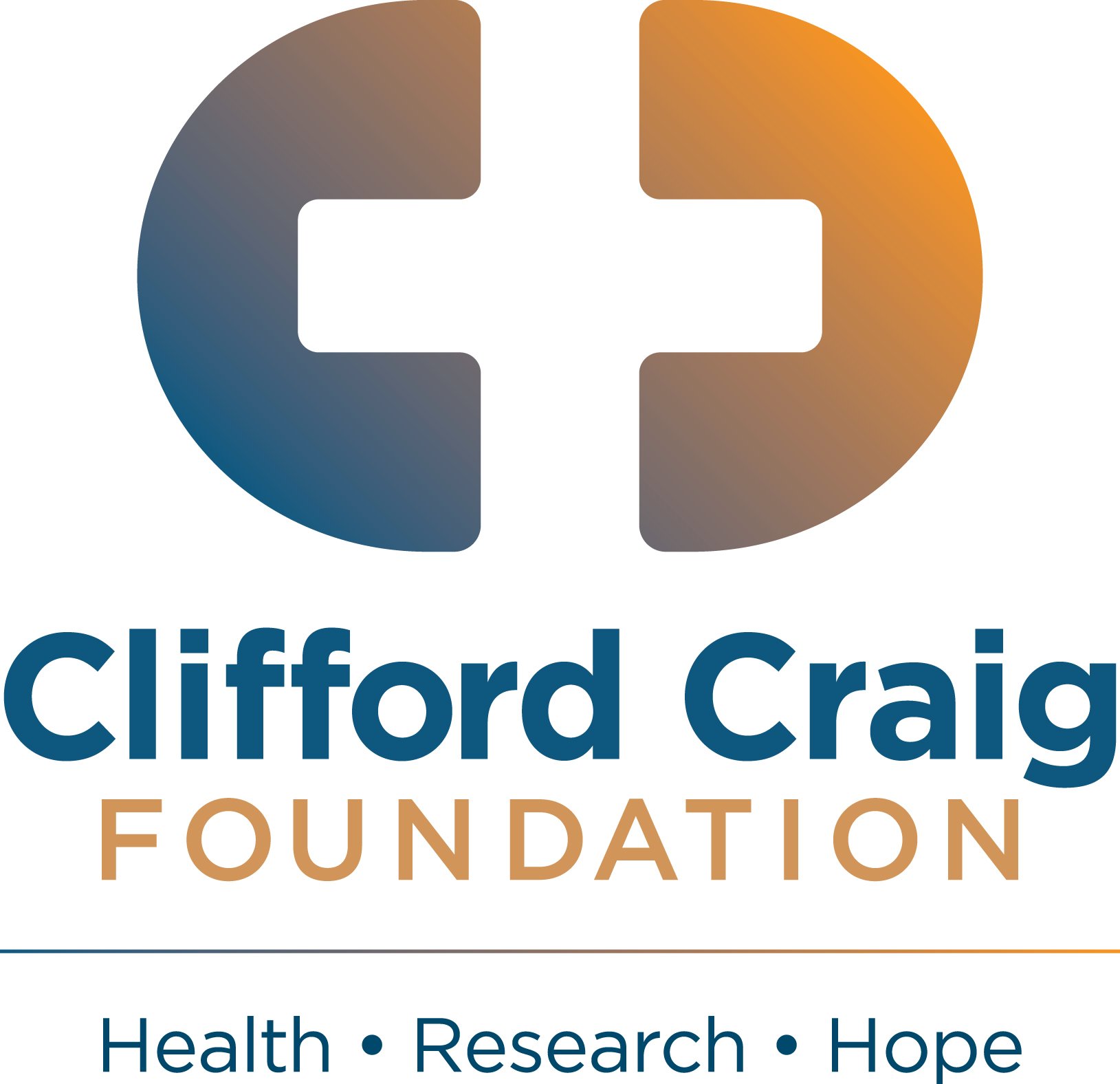The Clifford Craig Foundation is a health promotion charity supporting the Launceston General Hospital - the tertiary referral hospital for Tasmania’s North and North-West.
Established in 1992, the purpose of the Foundation is to improve the health of the community through the provision of funding for:
innovative medical research
education initiatives
medical equipment and patient facilities within the hospital
Medical research is a priority focus for the Foundation and we enable our research teams to find better treatments and ways to cure the health-related issues that are important to Tasmanians.
Importantly, the research and educational opportunities we provide help attract and retain medical specialists, researchers and higher degree students to work in Tasmania.
Did you know …
We are an independent charity, governed by a dedicated Board of Directors, with 100% of our funding coming from the community for the benefit of the community.
All donations are allocated to medical research or a specified area of need. With all administrative expenses provisioned through investment returns, you can be assured that every cent donated goes towards advancing research and healthcare in the community.
In the past 30 years, the Clifford Craig Foundation has funded more than 200 medical research projects. You can learn more about our researchers and what they’re working on here.
Who was Clifford Craig?
The Clifford Craig Foundation was named after Dr Clifford Craig who came to Launceston General Hospital from Victoria in 1926 as Surgeon-Superintendent. He was just 30 years old.
Working with an enthusiastic band of Launceston doctors he began a new era of clinical practice at the hospital.
Over the next 60 years would leave a highly indelible mark on Tasmania and the broader medical community.
This included initiating several techniques in number of different areas of surgery and a programme of new specialised services at the hospital including eye surgery, gynaecology, thoracic surgery and radiology. He also helped establish Tasmania’s first post-graduate medical training in Launceston, which was attended by doctors from all over the state.
While he excelled in surgery, in 1951 at the age of 55 Dr Craig retired from practice of surgery to begin a new phase of his career in the relatively new science of radiology, where he became nationally recognised.
He was distinguished as a hospital administrator, an outstanding surgeon and teacher, a radiologist and even a historian. This included more than 70 contributions to medical and scientific journals and eight books.
The Launceston General Hospital
The Launceston General Hospital (LGH) is a 308-bed hospital and is the major referral hospital for the North and North West regions of the State. The hospital provides emergency and acute care, specialist services, inpatient and ambulatory care.
As an accredited teaching hospital, the LGH has a close partnership with the University of Tasmania through the Launceston Clinical School and the School of Nursing and Midwifery based in Launceston. The LGH is the largest employer in the region, with about 2000 employees or approximately 1500 equivalent fulltime staff.
The Launceston General Hospital has served the Northern Tasmanian community since 1863 and throughout its history, the Hospital has been fortunate to be the professional home to a number of eminent medical and surgical practitioners – people like the late Sir John Ramsay and Dr Clifford Craig – who were at the forefront of many of the Hospital’s many medical advances.
It was also in Launceston that the first general anaesthetic for surgery in Australia was administered by Dr Pugh in 1847. The Launceston General Hospital was also one of the first to install X-Ray equipment in 1896, not long after its use in medicine first began in Europe, and it was in this hospital that one of the first wards dedicated to intensive care in Australia was established. It was at the Launceston General Hospital where the first ever successful internal heart massage was performed by Sir John Ramsay in 1906, and the same surgeon performed probably the first ever pancreas transplant to attempt to cure diabetes in 1911. Both were world firsts.
The Hospital’s tradition of innovation has continued to the present day, with the hospital being well-supported by the Clifford Craig Foundation to undertake innovative clinical research to advance knowledge and identify causes and treatments of diseases and health related issues that affect the population.






